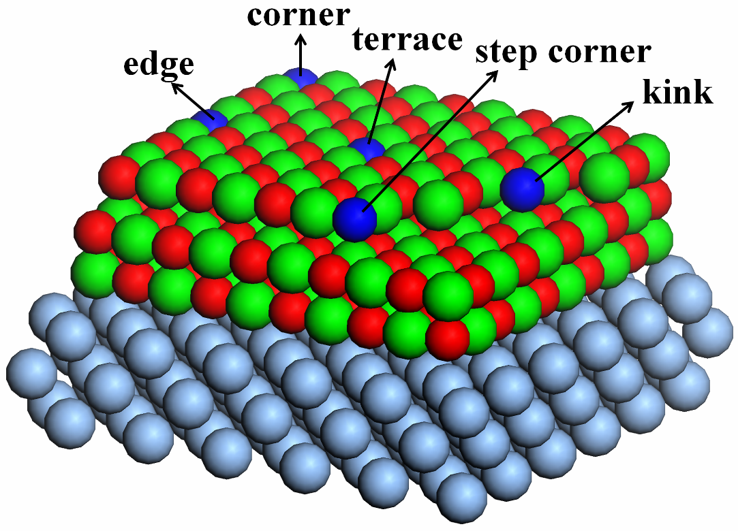This is an old revision of the document!
# Matt Watkins for the CP2K-UK summer school 2016
Multiscale modelling - mixed hamiltonians and external fields in CP2K
Flexible modelling
It is a very common problem that we need to describe an imhomogeneous system, and we may be more interested in some parts than others. However, the rest of the system is still important.
We could consider
- QM/MM a Quantum Mechanical system (Quantum, probably DFT) is coupled to a Molecular Mechanics (classical force field)
- QM/QM a Quantum Mechanical system embedded into a larger Quantum mechanical system described using a cheaper method (smaller basis set, non-hybrid functional, orbital free DFT …)
- External fields, perhaps the influence of the outside world can just be approximated as an external electric field?
Also, we might need to collect a lot of data when dealing with amorphous or disordered systems. Within CP2K there is quite reasonable task farming capability allowing complex jobs to be automated internally. Practically this can mean only a single job being submitted into a queue, rather than thousands…
External fields
If we have our QM system experiencing an applied field we can use several methods in CP2K - this can be confusing.
External fields can be applied in two general ways, reminding us of the GPW method.
- the field / potential can be applied on a grid
CP2K_INPUT / FORCE_EVAL / DFT / EXTERNAL_POTENTIAL (CP2K_INPUT / FORCE_EVAL / DFT / EFIELD (for real time propagation))
- the field can be applied analytically to the GTO
CP2K_INPUT / FORCE_EVAL / DFT / PERIODIC_EFIELD CP2K_INPUT / FORCE_EVAL / DFT / EFIELD
External fields on a grid
This works exactly in the same way that nuclear charge or electrostatics in general is dealt with in GPW.
&EXTERNAL_POTENTIAL
FUNCTION (A/B)*Z
VALUES [eV] 0.2 [angstrom] 1.0
PARAMETERS A B
&END EXTERNAL_POTENTIAL
by default it places an analytical function onto the grid.
Here a constant potential gradient 0.2 eV / Angstrom (electric field) in the $z$ direction.
It is alternatively possible to read the potential on a grid (the cube file read must be a valid cube file with points the fit the finest grid).
Note that this is not periodic! Can only be used with molecules and slabs.
Periodic electric field
The periodic_efield (and efield) keywords apply electric fields that are calculated analytically in the Gaussian basis.
$$ \big{<} \phi_a \big{|} \hat{O} \big{|} \phi_b \big{>} $$
Periodic electric field uses the Berry phase formalism of the Modern Theory of Polarizablility and can be used for periodic systems.





